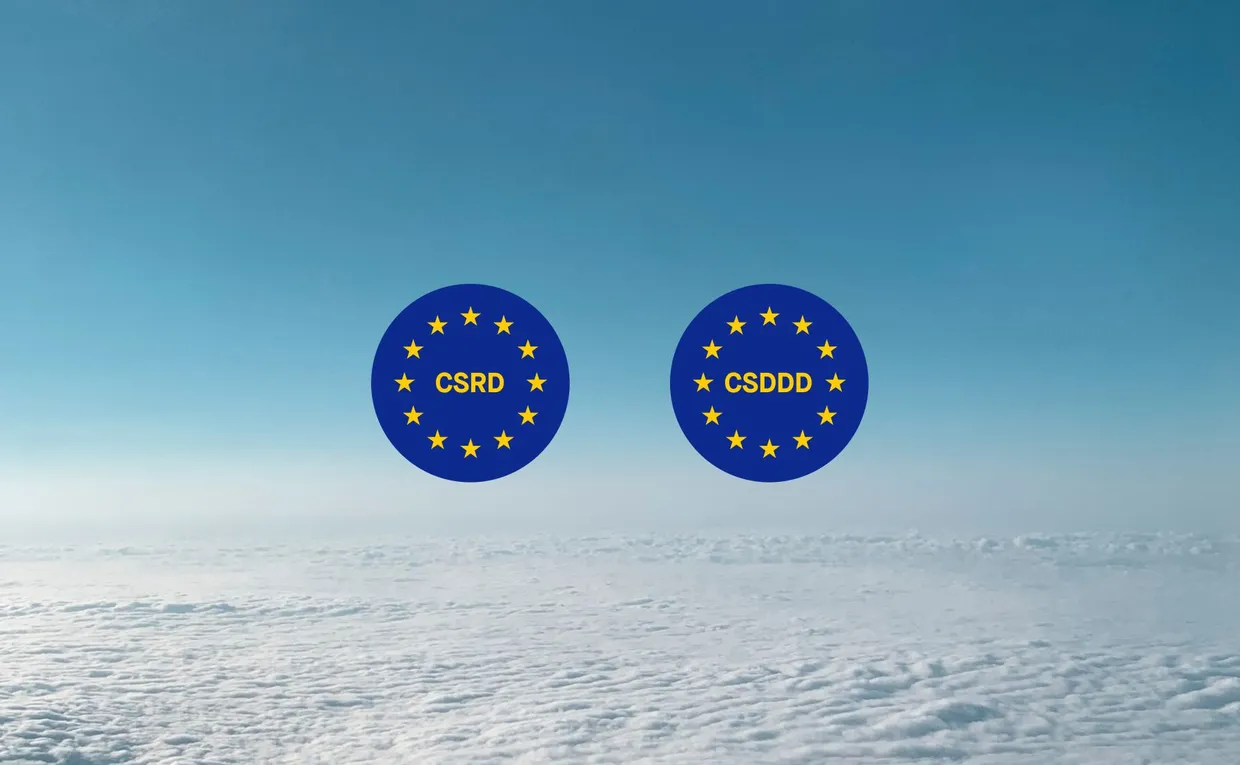Get to know our VP Climate Finance Marie-Anne Vincent, and why she left her career in banking to work at the intersection of climate and finance.
Tell us about your climate journey
After becoming a mom of two, I really started to think about the world I want to leave for my kids and grandkids. During my career in finance I got more and more involved in ESG topics until I decided to join Carbon4Finance and work on that full-time. I can see the real possibility we have in the financial world to do something about climate change if we make a concerted effort. That’s why my latest step is here at Sweep: I want to connect all the ecosystems so that finance can help the economy to decarbonise.
Why did you join Sweep?
No company can tackle climate change alone. As many of our emissions are shared, we need to work together to reduce these. For companies, this means addressing the upstream and downstream emissions occurring in their value chain (scope 3), and for financial organizations it means working with the companies they invest in to reduce their financed emissions. Sweep caught my attention because their platform is designed specifically for collaborating – both internally by involving your employees, and externally by connecting with business partners and portfolio companies.
What’s the role of financial organizations in our fight against climate change?
To achieve global net zero by 2050, we need a complete economic transition. Every company, bank, insurer, and investor will have to adjust their business models to plan for this transition.
Financial organizations have a crucial role to play in the transition to a green future: funding it. By investing in the right areas, they can accelerate the development of climate solutions and low-carbon industries, and put a stop to business practices and activities that are harmful to the planet. But to do so, they need tools to measure the carbon footprint of their investment portfolios and identify the climate and transition risks they are exposed to. This data is necessary for financial institutions to plan a long-term investment strategy that’s compatible with climate targets.
The rise of climate disclosure regulations will push financial organizations to get reliable and consistent climate data from portfolio companies, giving them clarity on how to act and preventing greenwashing.
If you could have dinner with a climate leader, who would it be?
I’d love to speak to Jacinda Ardern, the Prime Minister of New Zealand. She’s an inspirational, empathetic, and bold leader, who understands that we need to reinvent the society we live in.
Jacinda introduced the Happiness Index, which measures progress by people’s wellbeing rather than an economic bottom line. From now on, all new spending in New Zealand must advance one of five government priorities: improving mental health, reducing child poverty, addressing the inequalities faced by indigenous people, thriving in a digital age, and transitioning to a low-carbon economy.
These objectives go hand-in-hand because climate change and the economic transition will disproportionately affect some people, regions, and industries more than others. Governments need to develop just transition mechanisms to make sure that no one is left behind. I’d love to hear more about her vision for addressing climate change in a socially just way.
Of course, the discussion would most likely happen over a virtual coffee!



